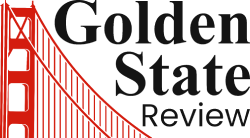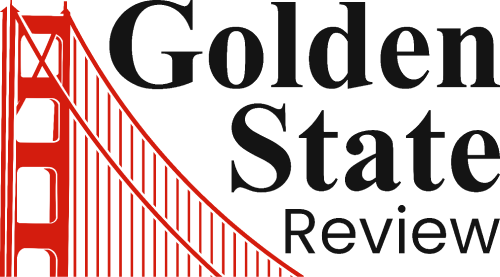U.S. business activity slowed in September for the second consecutive month, raising fresh concerns about the durability of the country’s economic momentum heading into the final stretch of 2025. According to S&P Global’s flash composite Purchasing Managers’ Index, a closely watched measure of overall economic activity, the index declined to 53.6 from 54.6 in August. While the number still signals expansion—any reading above 50 indicates growth—the dip underscores that the pace of that growth is weakening.
Businesses across both the manufacturing and services sectors pointed to rising costs as a central challenge. Higher prices for inputs such as raw materials, energy, and labor were widely reported, with several firms highlighting the impact of tariffs as an additional drag on operating expenses. Yet despite facing mounting cost pressures, many companies said they were unable to pass those increases along to consumers. With demand showing signs of softening, businesses noted that raising prices risked further discouraging customers who are already cutting back.
The manufacturing sector bore the brunt of these pressures, as higher costs for metals, chemicals, and imported goods cut into profitability. Service providers, meanwhile, reported that clients were more cautious with discretionary spending, reflecting growing concerns about household budgets and broader economic uncertainty. Together, these factors suggest that both sides of the U.S. economy are feeling the strain of elevated costs and uneven demand.
Read Also: https://empirestatereview.com/dallas-ice-facility-shooting-raises-security-and-community-questions/
Economists say the slowdown is being amplified by a mix of domestic and international headwinds. Ongoing policy uncertainty in Washington, particularly around trade and fiscal issues, has made companies hesitant to pursue new investments. At the same time, global supply chain challenges remain unresolved, with firms continuing to report delays in shipments and elevated transportation expenses. Small and mid-sized businesses, which have less capacity to absorb cost fluctuations, appear to be particularly vulnerable.
Looking ahead, forecasters expect economic growth to decelerate further. Analysts at EY project that U.S. GDP will expand by about 1.7 percent in 2025, a slowdown from earlier years of post-pandemic recovery. By the fourth quarter, year-over-year growth could dip to just 1.2 percent, raising concerns that the economy may struggle to maintain momentum if cost pressures and soft demand persist. While a recession is not currently expected, the weaker outlook signals a cooling phase that could weigh on consumer confidence and investment decisions.
Despite the softer readings, it is important to note that the PMI data still reflect growth. Companies continue to expand output, though at a slower pace than earlier in the year. Some business leaders remain cautiously optimistic, pointing to early signs of stabilization in global trade and improvements in supply chains as potential sources of relief in the months ahead. If these trends continue, they could help offset some of the inflationary pressures that have dominated much of the year.
For policymakers, the September figures add another layer of complexity. The Federal Reserve has said that its approach to interest rates will depend on incoming economic data, including inflation trends and labor market conditions. If cost pressures continue to weigh on business activity without being fully passed on to consumers, the central bank may find itself navigating a delicate balance between supporting growth and maintaining price stability.
Investors are also watching closely to see whether the slowdown deepens into the fourth quarter. Stock markets have been volatile in recent weeks as traders weigh signs of slowing growth against expectations for future interest rate moves. Bond markets, meanwhile, have reflected a mix of caution and uncertainty, with yields responding to shifting economic expectations.
For businesses, the data serve as a reminder of the fragile position the economy occupies. Growth has not disappeared, but the ability to sustain it in the face of rising costs and uneven demand is becoming increasingly difficult. As the U.S. economy approaches the end of 2025, firms are confronting a landscape defined by tighter margins, cautious consumers, and an uncertain policy environment. Whether they can adapt quickly enough to maintain stability will be a central question in the months to come.



